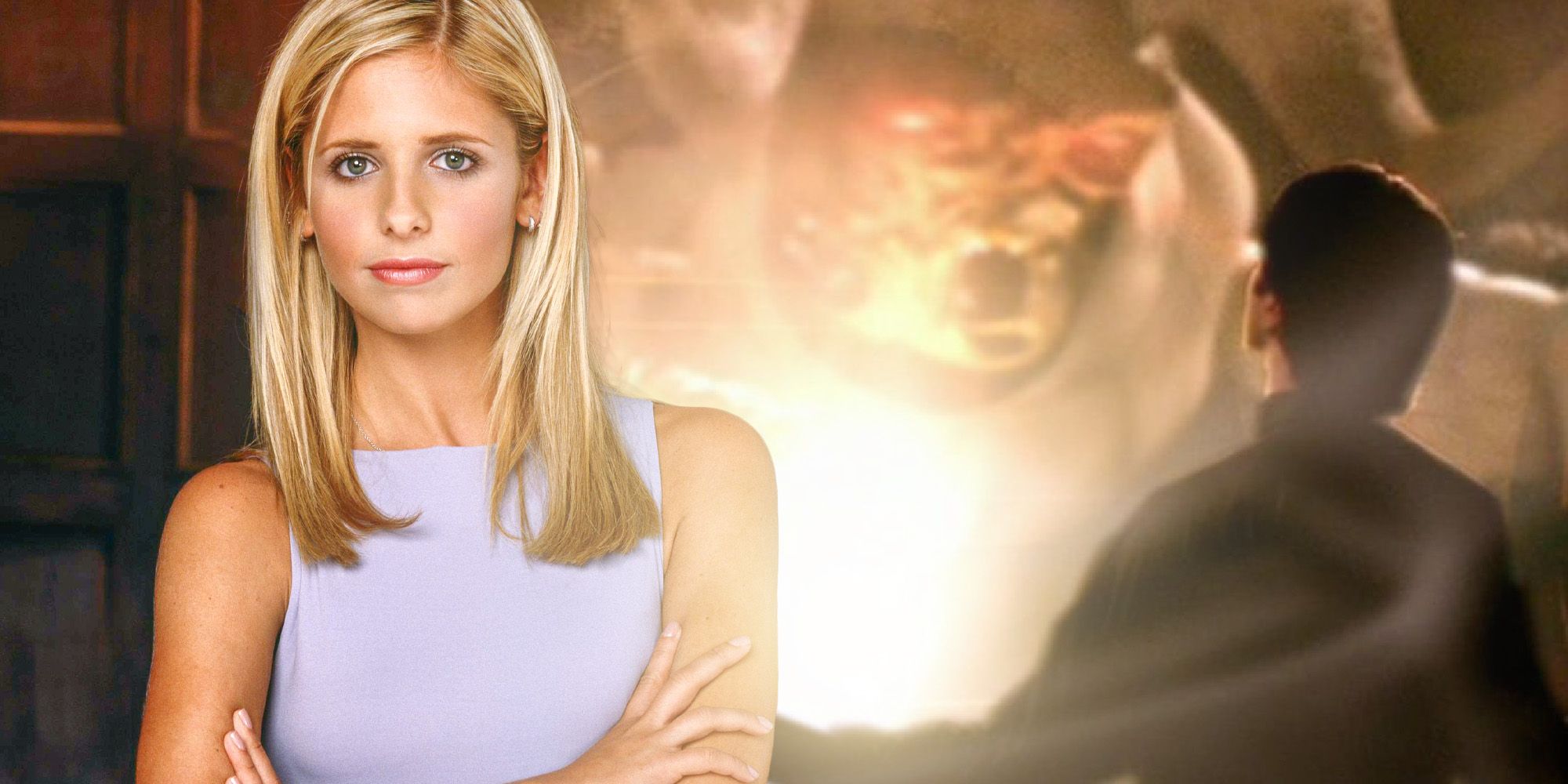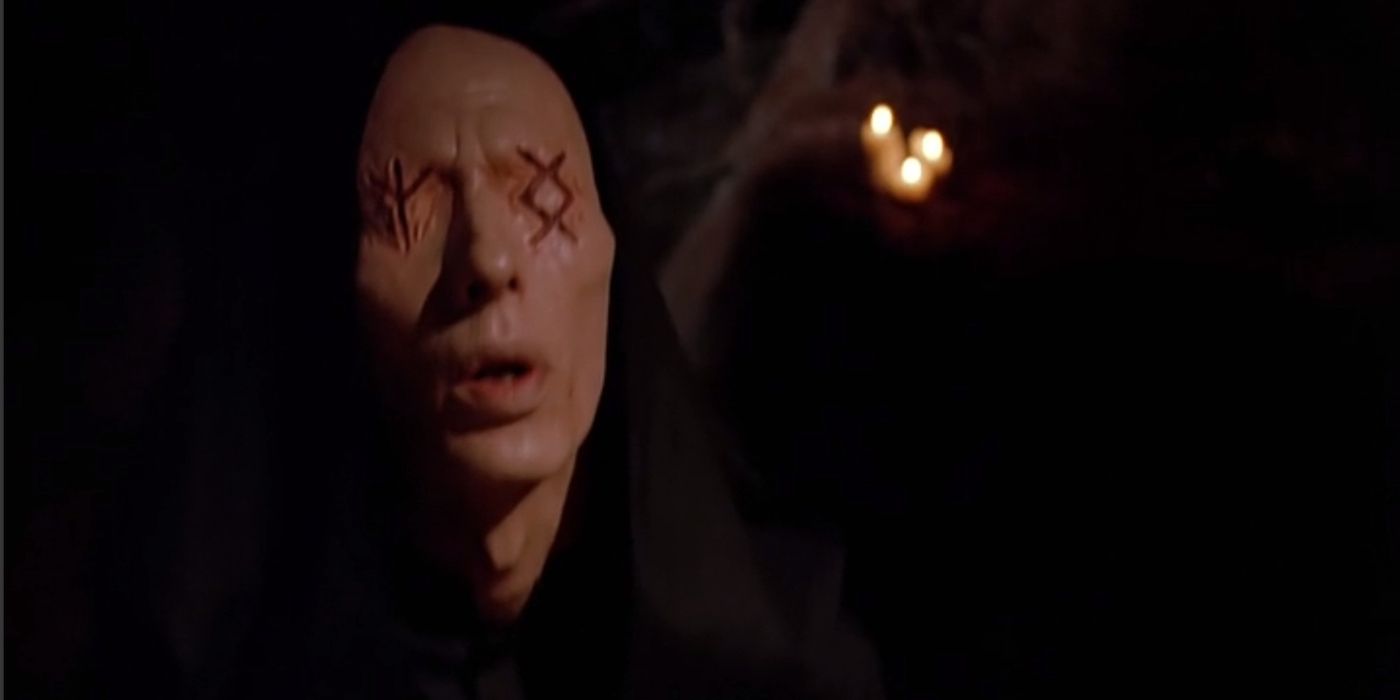Buffy the Vampire Slayer's biggest threat is The First Evil, which waited for a surprise return in season 7 to finish the villain’s story as a primary antagonist after a brief appearance in season 3.
Joss Whedon’s Buffy the Vampire Slayer is a defining piece of genre television that helped advance serialized storytelling, the complexities of vampire romances, and the careers of many of the series’ talented cast. Buffy’s legacy has inspired many modern pieces of television, and there’s even a reboot on the way that will re-contextualize Whedon’s nuanced narrative.
Buffy excels when it comes to character development and the many shades of grey that its characters live in. Many of the villains in Buffy became some of the most compelling characters in the series. Buffy the Vampire Slayer season 7 features the ancient First Evil, who wants to eliminate all Slayers and functions as an intimidating final foe. However, The First Evil initially appeared in Buffy the Vampire Slayer season 3, episode 10, “Amends”, in an attempt to kill Angel. As a result, it came as a major surprise when The First Evil finally did return four seasons later.
The First Evil vows that it will be back when it shows up in season 3, but it feels more like an empty threat until its big return in season 7. It’s fair to speculate that Whedon’s plan was to always build to this showdown with the ultimate evil, especially when the show has featured counterpoints like the First slayer. Buffy is also a show that loves to playfully foreshadow future events, such as the deaths of major characters. This is often done in a cryptic fashion that allows for multiple interpretations. These instances of foreshadowing tend to involve fundamental character details that Whedon has always had in mind, whereas the show’s villains were very fluid throughout the show’s production. This means that The First Evil’s veiled boast in season 3 is likely included because it gives Whedon more options in the future, whether there’s eventual payoff for it or not. Plenty of episodes end on teases that remain ambiguous because there’s no further answers.
Another of Buffy’s difficulties is that every new villain that it introduces needs to somehow be a bigger threat than before, which becomes hard to top once Buffy defeats enemies like a God. It’s for this reason that Buffy the Vampire Slayer season 6 scales back with a more personal and introspective take on villainy. An ancient force like the First Evil is the perfect follow-up, but it’s unlikely it was always designed as Buffy’s final threat. Every season of Buffy, except for the final two, was made without the security of knowing whether the show would be renewed. This means that the plan to ultimately build to a big First Evil return is a luxury that Buffy simply never had.
However, Whedon was allowed to better prepare for the show’s final season since he knew that it’d be returning for another year. This luxury could have given Whedon more time to look through the show’s history to find any lingering loose threads that would be appropriate for the last season. The fact that the First Evil never got paid off, that it tops the heights of something like a villainous God, and that it also allows the show’s final season to reflect on its past really makes it the perfect Big Bad for Buffy the Vampire Slayer’s conclusion.


